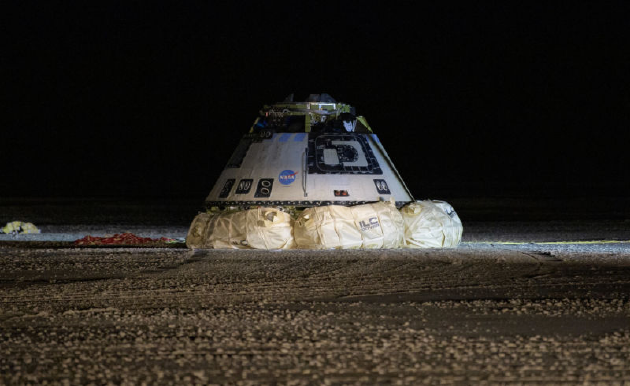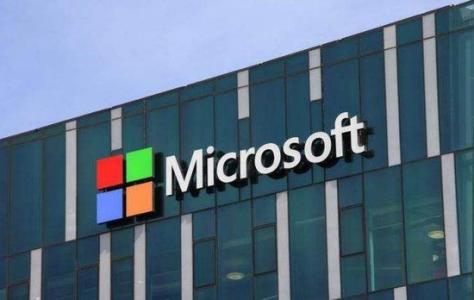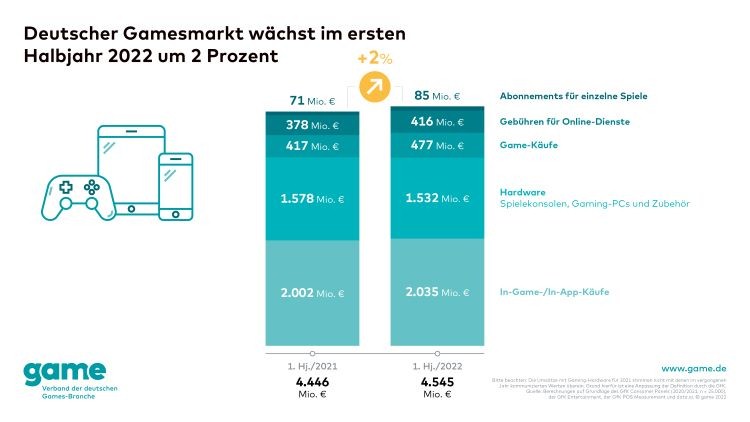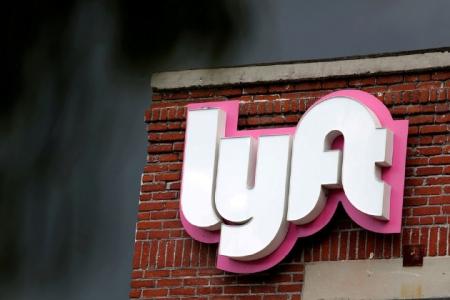your current location is:Home > TechnologyHomeTechnology
Boeing's space seat fee is double that of SpaceX, and NASA will pay for it

According to reports, recently, NASA confirmed that it has signed five additional space manned missions with SpaceX, and the "Dragon" spacecraft will carry astronauts to the International Space Station, which means that SpaceX and NASA have signed a manned space flight. Mission reached 14 times. Although SpaceX has more commercial space missions with NASA, the company's "space seat fee" is twice as cheap as Boeing's.
As previously reported by the media, this may be NASA's last flight to keep the ISS fully occupied by the United States until 2030. Although no international agreement has been signed yet, NASA has said it hopes to continue operating until 2030. Orbiting laboratory, one or more US commercial space stations will operate in low-Earth orbit in the future.
According to the latest contract agreement, SpaceX will complete 14 manned space missions through the Dragon spacecraft, compared with Boeing's only six space crew missions during the service life of the International Space Station. These two companies will meet all of NASA's mission needs, including: two space launches per year, each carrying four astronauts, but NASA can buy more space seats from the two suppliers.
NASA spokesman Josh Finch said that in addition to the space missions it has purchased so far, NASA may need more crews to travel to the International Space Station, currently SpaceX. The sole contract supplier of NASA does not rule out contract modifications for additional transportation services by NASA in the future, if necessary, or to add more space seats.
price and performance
In the statement of the purchase of the space seats, NASA did not elaborate on the reasons for the 14 space crew missions with SpaceX and the six space crew missions with Boeing, however, the purchase of all remaining space seats from SpaceX The decision may depend on the price and performance of the seat. It is reported that in 2020 SpaceX will begin the space station mission, the Crew-1 mission, although Boeing's "Starliner" will conduct a manned test flight in early 2023 (probably in February), its maiden flight The task will not be completed until the second half of 2023.
In addition, there has been some uncertainty about Starliner's rocket availability, and Boeing has now purchased enough Atlas 5 rockets from United Launch Alliance for six crewed missions in space. . However, NASA recently announced that the Atlas 5 rocket is about to retire. In early March this year, Dmitry Rogozin, director of the Russian Federal Space Agency, announced that Russia will stop providing rocket engines to the United States and will no longer provide rocket engines that have previously been delivered. engine for technical maintenance. The "ban" includes: the RD-181 liquid rocket engine used by the US Atlas 5 launch vehicle, and the RD-181 liquid rocket engine of the first stage of the Antares launch vehicle.
Last week, Boeing's commercial aircraft program manager, Mark Nappi, said at a news conference that the company was looking at "different options" for its Starliner launch vehicle, including options from rival SpaceX. Buy a Falcon 9 rocket, pay United Launch Alliance to carry a crew rating on the new Vulcan rocket, or pay Blue Origin for the upcoming New Glenn booster Related costs.
Regardless of NASA's final choice, we can clearly see that NASA will enter into more contractual agreements with SpaceX in the race for commercial crewing.
There are a number of ways for NASA to assess the true cost of space missions, but perhaps the easiest way is to add up the money NASA awards each company for crewed spacecraft development and flight operations missions, and divide the The number of seats purchased over the lifetime of the project. Recall that Boeing's Starliner and SpaceX's Dragon spacecraft are each rated to carry four U.S. astronauts.
In 2014, NASA narrowed the space crew contract to two companies, Boeing and SpaceX, when NASA awarded Boeing $4.2 billion to develop Starship and six crewed flights. Then NASA paid Boeing $287.2 million for a project that NASA inspectors called "unnecessary", bringing the total contract value with Boeing to $4.49 billion through August 1, 2022 , NASA's total contract value with Boeing reached 4.39 billion US dollars.
Based on the same space manned service, technology development of SpaceX's Dragon spacecraft, and 6 space missions, NASA paid SpaceX $2.6 billion. After signing an upfront contract with SpaceX, NASA agreed to 2030. 8 additional space missions, namely: Crew-7, -8, -9, -10, -11, -12, -13 and -14 missions, which will bring SpaceX's total NASA contract award to 4.93 billion Dollar.
NASA Fee Costs
Over the life of the International Space Station, commercial space companies will provide NASA with multiple missions. The cost of these flight contracts is also disclosed, and one can break down what NASA pays for commercial space companies by sharing the R&D costs. price per seat.
Boeing carried 24 astronauts to the International Space Station for an average price of $183 million per seat, while SpaceX carried 56 astronauts for an average of $88 million per seat during the same period. As a result, NASA pays Boeing 2.1 times as much for an astronaut seat as SpaceX, including NASA's R&D costs.
Judging by these figures, Boeing appears to be profiting from U.S. government programs, but that may not be the case. Shipping astronauts by a commercial space company is a fixed-price program, which means the company will be held accountable for overruns.
It is reported that Boeing has invested about 5 billion US dollars in the commercial space field because of the need for the demonstration mission of the unmanned Starliner spacecraft. According to relevant media, Boeing has been at a loss for this project, and the company has been working hard to manage the cost from the cost. Transition to solid price contracts.
Still, Boeing's involvement is critical for NASA, both in terms of promoting competition and securing U.S. Congressional funding. In 2014, when NASA Administrator Charles Bolden signed a commercial space mission agreement, Congress would not fund a commercial crew program if Boeing did not bid with SpaceX.
"We call Boeing a 'warrior,' because the company is willing to take a risk on a project that didn't work out at the time, and I'll just say that, until now, I didn't know if a commercial space mission would fail," Bolden said.
related articles
Article Comments (0)
- This article has not received comments yet, hurry up and grab the first frame~












